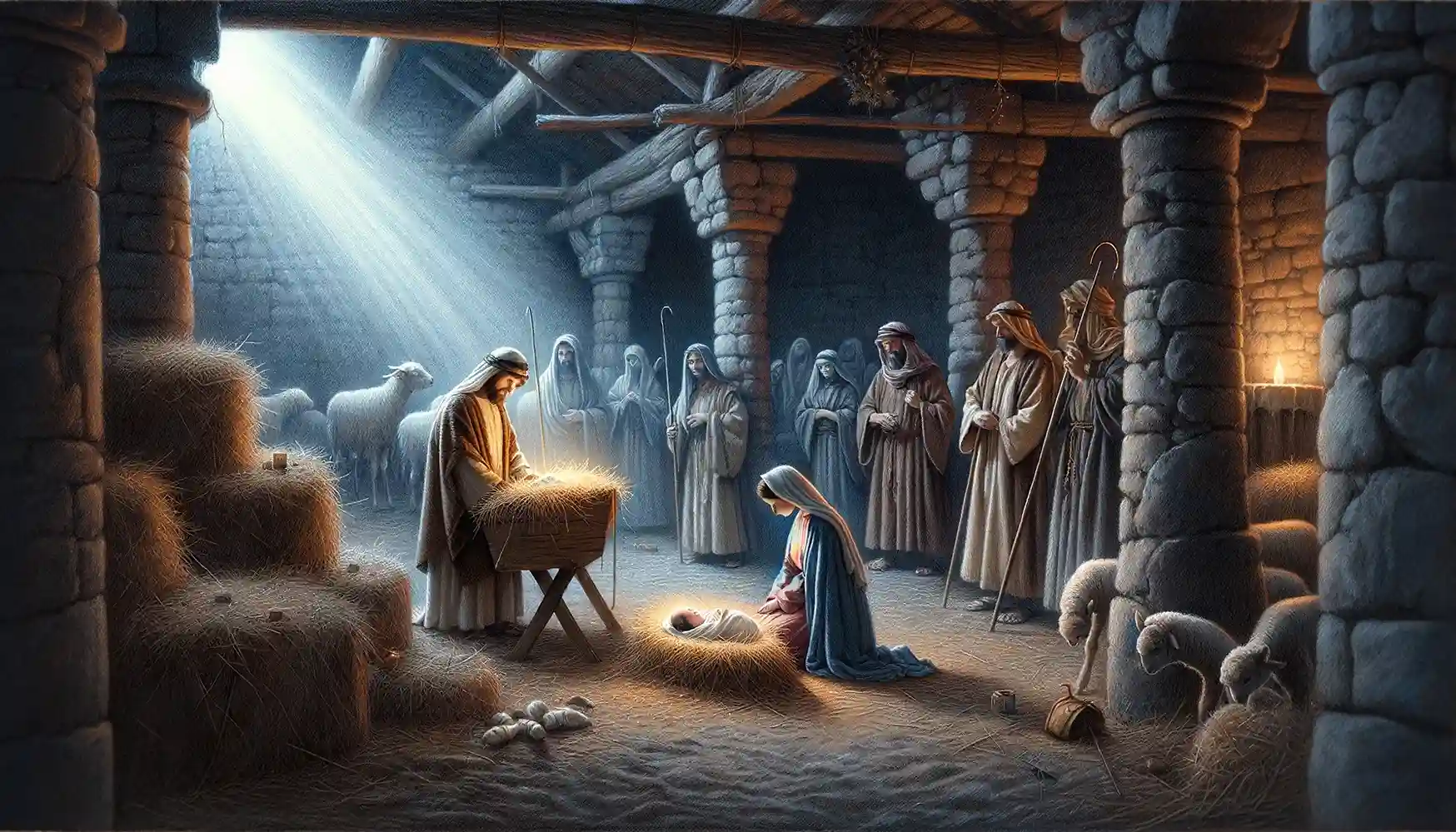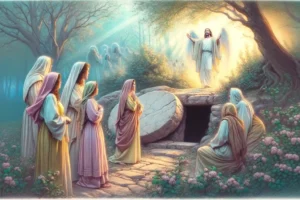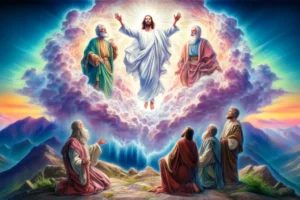
The Birth of Jesus: Divine Humility and Heavenly Proclamations
The story of Jesus’ birth, as recounted in Luke 2:1-20, is one of the most cherished narratives in the Christian faith. This passage describes the miraculous circumstances surrounding the arrival of Jesus Christ, set against the backdrop of a Roman census. It emphasizes themes of humility, divine intervention, and joyous proclamation. Here are some key facts about this pivotal event:
- Context: This narrative is set during the reign of Caesar Augustus, who decreed a census of the entire Roman world, requiring Joseph and Mary to travel to Bethlehem.
- Significant Location: Bethlehem, the city of David, is significant as the prophesied birthplace of the Messiah.
- Miraculous Birth: Mary, a virgin, gives birth to Jesus, wrapping Him in cloths and placing Him in a manger because there was no guest room available.
- Angelic Announcement: An angel of the Lord appears to shepherds in the fields nearby, announcing Jesus’ birth as “a Savior, who is Christ the Lord.”
- Sign of the Messiah: The angel provides a sign to the shepherds: the baby will be found wrapped in cloths and lying in a manger.
- Shepherds’ Response: Upon hearing the news, the shepherds hurry to Bethlehem, find Mary, Joseph, and the baby, and then spread the word about what had been told to them about this child.
- Community Impact: All who hear the shepherds’ story are amazed, reflecting the widespread astonishment at the events surrounding Jesus’ birth.
- Mary’s Reflection: Mary treasures all these things, pondering them in her heart, indicating a deep, contemplative understanding of the events.
- Shepherds’ Praise: The shepherds return to their fields, glorifying and praising God for all they had heard and seen, which was just as the angel had told them.
Context and Historical Background
The narrative of Jesus’ birth takes place during a period of imperial control under Caesar Augustus, known for his administrative reorganization of the Roman Empire. His decree for a census was likely aimed at tax collection and the assessment of military obligations. Joseph and Mary’s journey to Bethlehem was necessitated by these imperial demands, fulfilling the prophecy in Micah 5:2, which specified Bethlehem as the birthplace of the Messiah. This intertwining of divine prophecy and Roman political history sets a profound stage for the nativity story.
Theological Significance
- Fulfillment of Prophecy: Jesus’ birth in Bethlehem fulfills Old Testament prophecies concerning the Messiah’s lineage and birthplace. This alignment between prophecy and event is central to the Gospel’s claim of Jesus as the anticipated Savior.
- Virgin Birth: The conception and birth of Jesus from a virgin, Mary, hold deep theological importance, signifying the divine nature of Jesus’ origin. This miracle emphasizes the intervention of God in human history and the inception of a new creation.
- Humility and Majesty: The circumstances of Jesus’ birth — in a manger, announced to lowly shepherds — juxtapose humility with divine majesty. This contrast highlights the Christian teaching of the incarnation, where God becomes man, not in opulence but in simplicity.
Symbolism and Imagery
- The Manger: The manger, a feeding trough, symbolizes Jesus’ role as the spiritual nourishment for humanity. It underscores His mission to the lowly and the outcasts, representing a God who is accessible to all.
- Shepherds: The first witnesses of the Messiah’s birth are shepherds, a group considered socially low during that time. Their inclusion in the story emphasizes the Gospel’s message that the good news of Jesus Christ is for everyone, irrespective of social standing.
- Angelic Announcement: The appearance of angels singing “Glory to God in the highest” portrays the celestial acknowledgment of Jesus’ birth, indicating a cosmic significance. This event marks a moment of joy and divine revelation that transcends the earthly realm.
Response and Reflection
The shepherds’ immediate response to the angelic message — seeking out the child and then spreading the news — illustrates the proper response to divine revelation: obedience and proclamation. Moreover, Mary’s contemplative reaction, “pondering them in her heart,” invites believers to reflect deeply on the implications of Jesus’ birth.
Conclusion
The narrative of Jesus’ birth in Luke 2 is rich with theological insights, prophetic fulfillment, and profound symbolism. It not only recounts a historical event but also invites reflection on deeper spiritual truths about God’s nature and His interactions with humanity. This story sets the stage for the unfolding of Jesus’ life and mission, reinforcing His identity and purpose as the Savior of the world.



